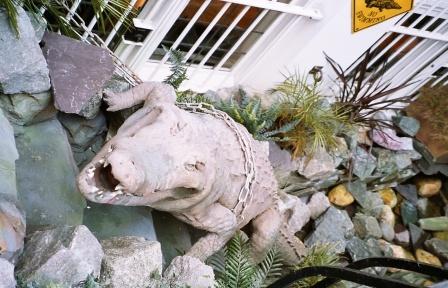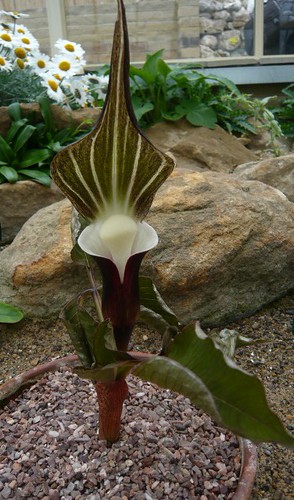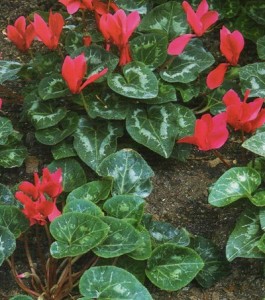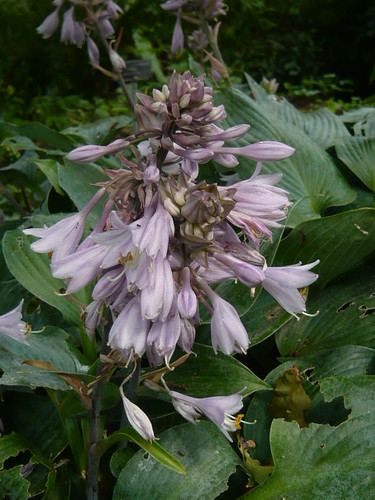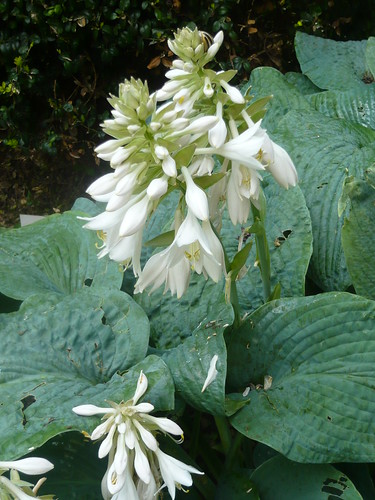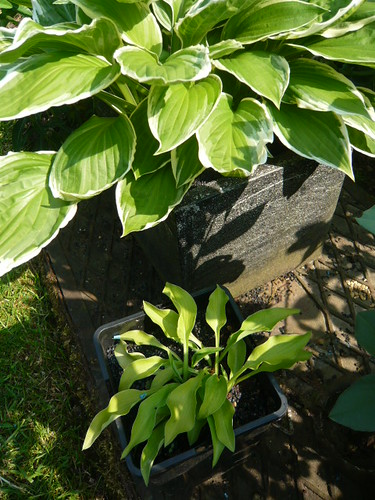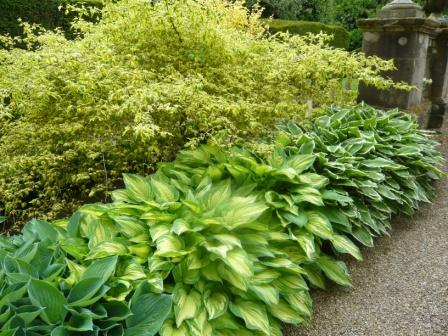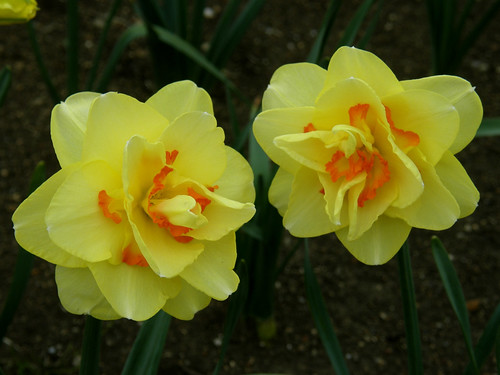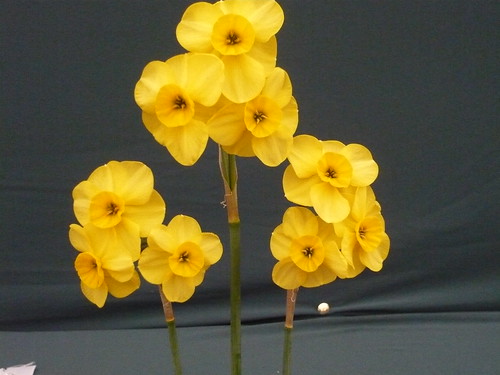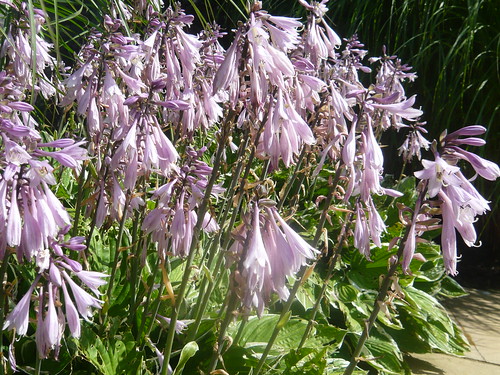Ideas for a Shady Border
Plant selection
- Plant tall flowering shrubs to bring a splash of colour to a dull corner or to make a shady border come to life. Hydrangea macrophylla or Rosa Rugosa will suit. More shrub ideas
- Taller perennials and other to consider include Astible, Lilies, Ligularia or Foxglove.
- Hostas and Hebes both do well in shade and if it is dry Eupohorbia polychroma and Iris foetidissima would work.
- Try something a bit architectural such as Bears Breeches Acanthus mollis with tall flower spikes in summer and famous shaped leaves. Echinops globe thistles would be an alternative and Crocosmia has sword shaped leaves.
- A smoke bush tree Cotinus coggyria is a good purple leaved shrub with airy pink/white
Planting Tips
- Avoid planting too close to large trees as the roots take all the water. Anemone hybrids survive the dry but may not reach their full 3′ height.
- Remove weeds and incorporate compost or manure to retain what moisture it can.
- Plant shrubs in Autumn to give the roots chance to become established. …

